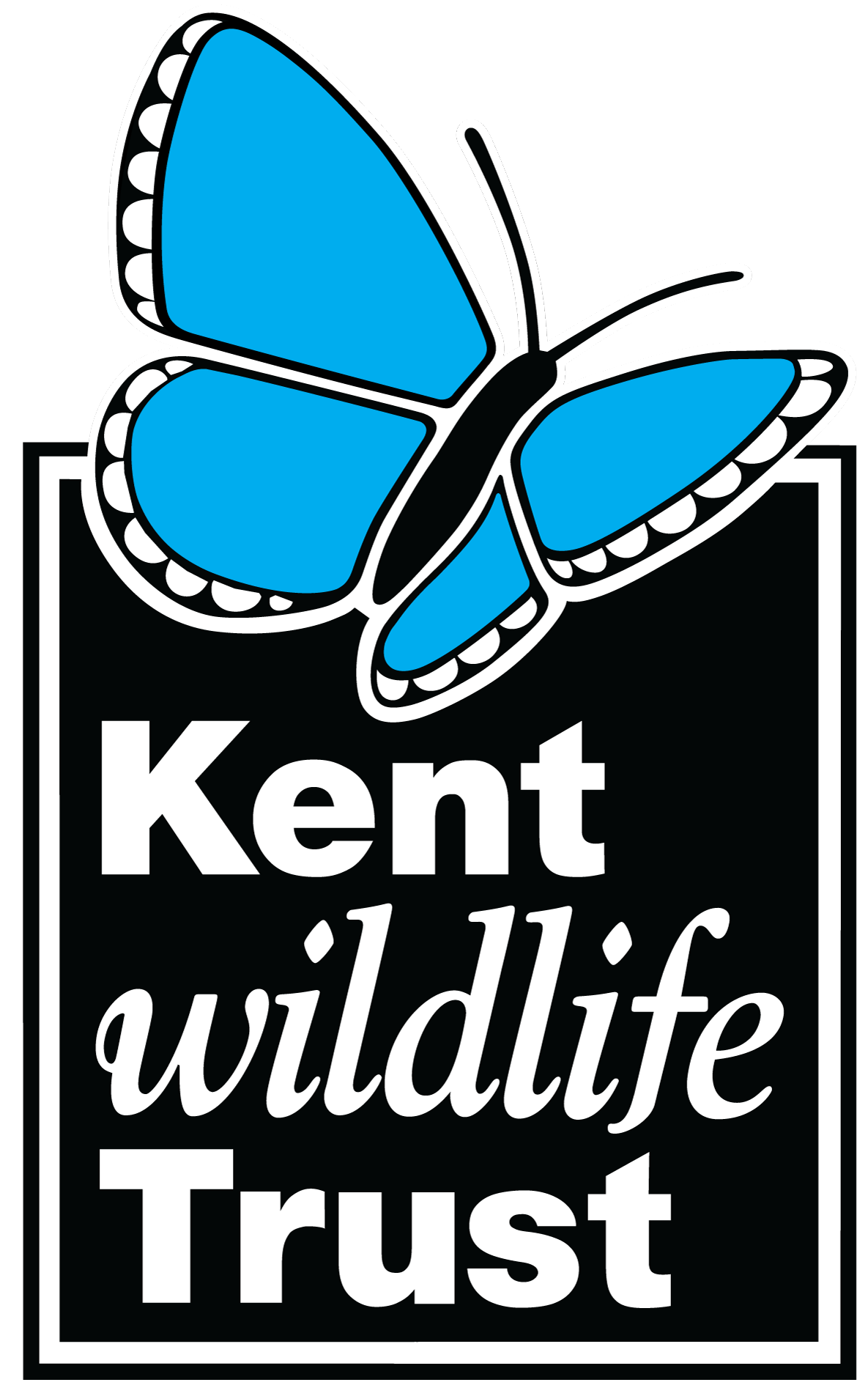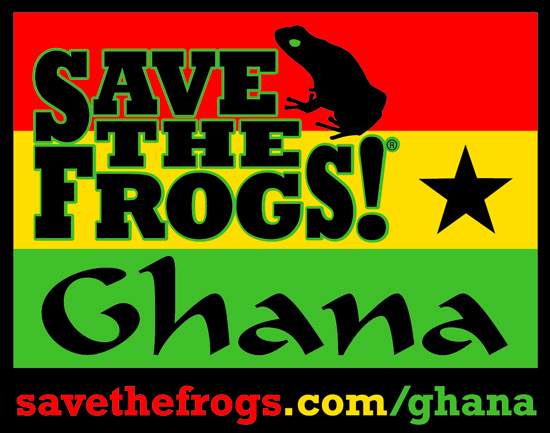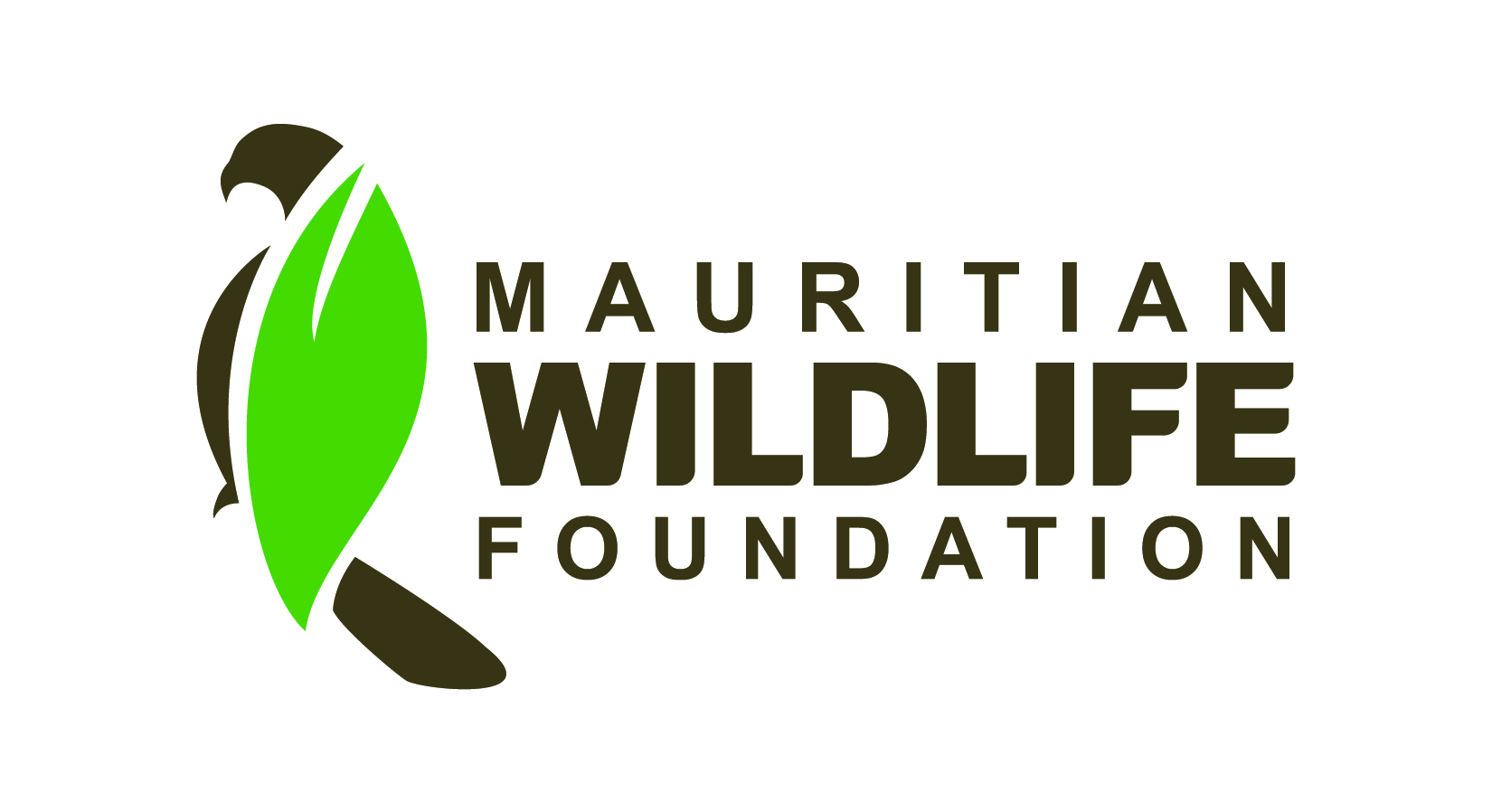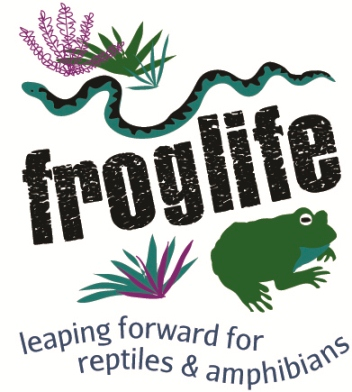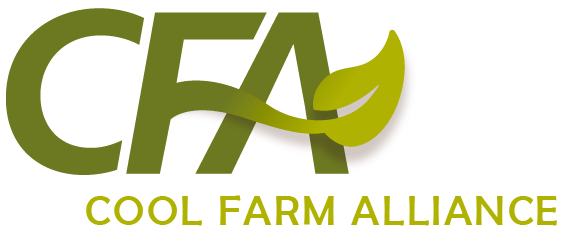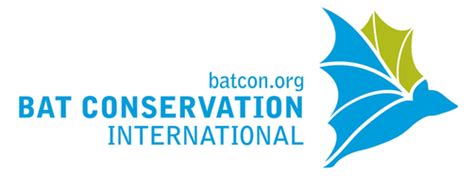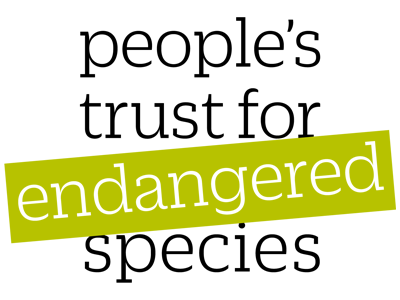Changes in a coral reef fishery along a gradient of fishing pressure in an Indonesian marine protected area
-
Published source details
Campbell S.J., Mukminin A., Kartawijaya T., Huchery C. & Cinner J.E. (2014) Changes in a coral reef fishery along a gradient of fishing pressure in an Indonesian marine protected area. Aquatic Conservation: Marine and Freshwater Ecosystems, 24, 92-103.
Published source details Campbell S.J., Mukminin A., Kartawijaya T., Huchery C. & Cinner J.E. (2014) Changes in a coral reef fishery along a gradient of fishing pressure in an Indonesian marine protected area. Aquatic Conservation: Marine and Freshwater Ecosystems, 24, 92-103.
Actions
This study is summarised as evidence for the following.
| Action | Category | |
|---|---|---|
|
Cease or prohibit all types of fishing in a marine protected area Action Link |
|
-
Cease or prohibit all types of fishing in a marine protected area
A replicated, paired, site comparison study in 2004–2005 of coral reef and seagrass sites at three neighbouring inhabited islands in the Java Sea, Indonesia (Campbell et al. 2014) found that prohibiting fishing in areas of a 16 year old national park resulted in similar individual fish size and weight in catches landed at two of the three islands, compared to fished areas. Average fish length and weight in landed catches were similar between closed and fished areas at the islands of Karimunjawa (length, closed: 235 mm, fished: 222 mm; weight, closed: 482 g, fished: 395 g) and Parang (length, closed: 317 mm, fished: 311 mm; weight, closed: 733 g, fished: 766 g) and were lower in closed areas at Nyamuk island (length, closed: 306 mm, open: 411 mm; weight, closed: 781 g, open: 1,040 g). Karimunjawa National Park (111,625 ha) was first legislated in 1988 and has zones prohibiting fishing and designated fishing zones. In January 2004–December 2005, fish catch surveys were done by trained observers at 1–2 month intervals at fish landing sites on Karimunjawa Island. A total of 8,674 fish from 895 fishing trips were sampled. Fishers were asked to provide details of where they were fishing and the location of fish capture was assigned to one of five village fishing grounds on separate islands 6–15 km apart. Fishing was reported from both closed and fished management zones off three islands and the fish data compared.
(Summarised by: Khatija Alliji)
Output references
|
|

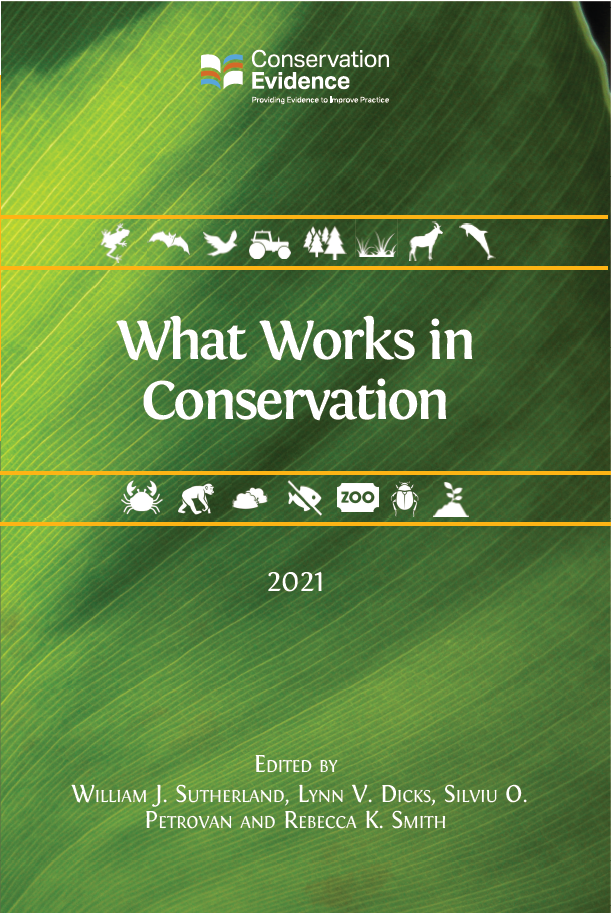
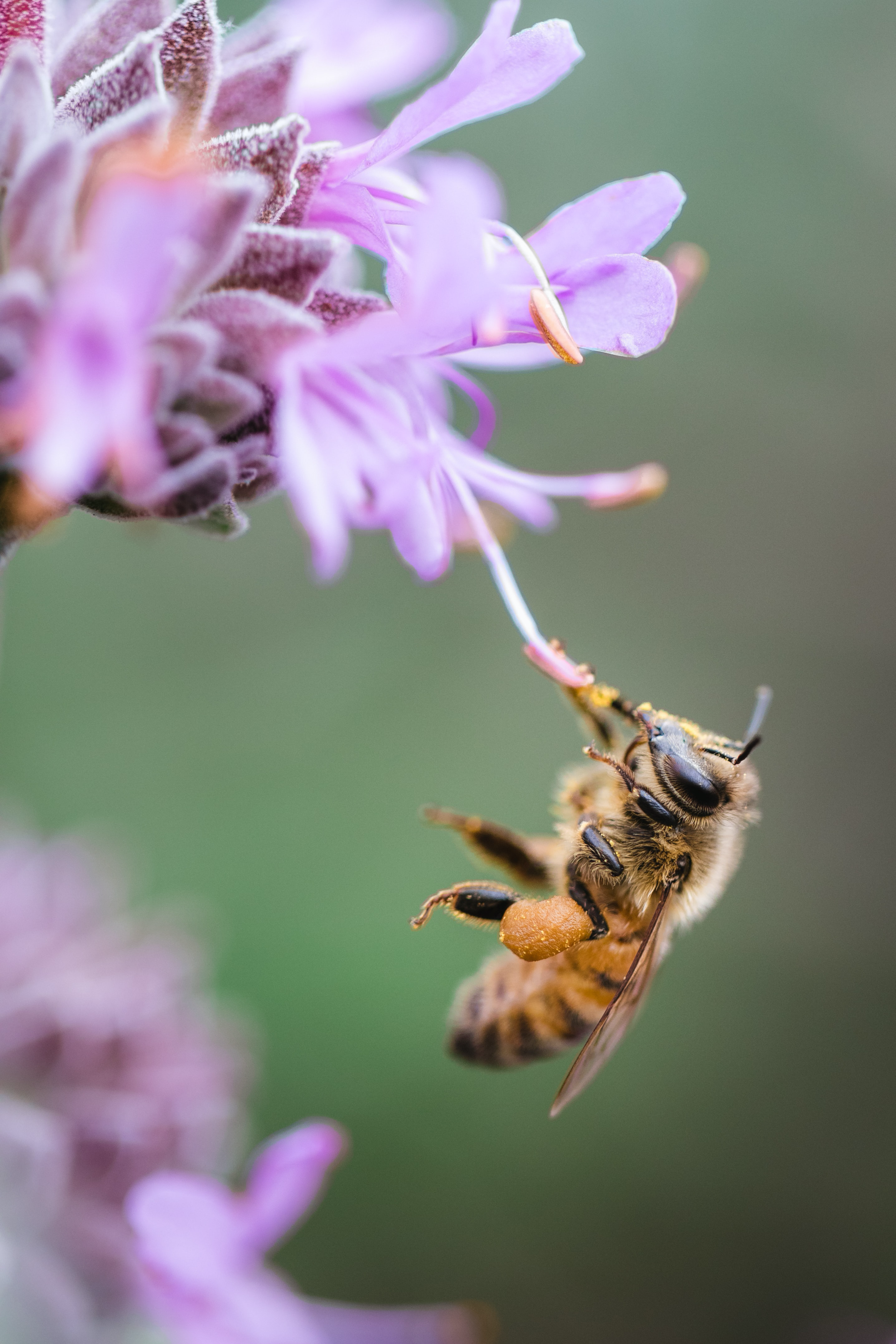


)_2023.JPG)
